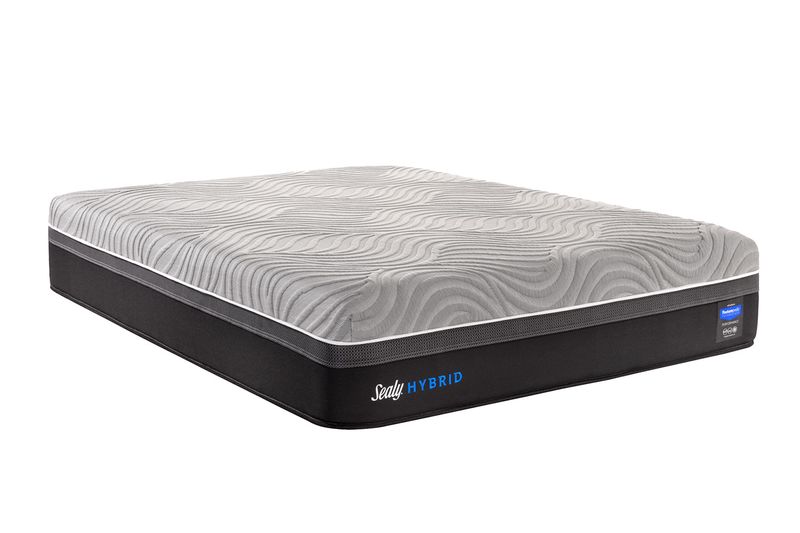1. How to Fix a Leaky Kitchen Sink
If you notice water pooling around the edges of your kitchen sink, it's a sign that you have a leak. Not only can this be a nuisance, but it can also lead to water damage and mold growth. Fortunately, fixing a leaky kitchen sink is a relatively simple task that you can do on your own. With a few tools and some basic knowledge, you can have your sink back in working order in no time.
2. Common Causes of a Leaking Kitchen Sink
Before you can fix a leaky kitchen sink, it's important to understand what may be causing the leak in the first place. One common cause is a loose or worn out seal around the edges of the sink. This can happen over time due to regular use, or it may be a sign that the sink was not installed properly. Another common cause is a cracked or damaged sink, which can lead to leaks around the edges. Additionally, a clogged or damaged drain can also cause water to pool around the edges of the sink.
3. DIY Solutions for a Leaking Kitchen Sink
If the leak is caused by a loose or worn out seal, you can easily fix it yourself. First, turn off the water supply to the sink. Then, using a putty knife or scraper, remove any old caulk or sealant from around the edges of the sink. Next, apply a new bead of silicone caulk around the edges of the sink, making sure to seal any gaps or cracks. Finally, let the caulk dry completely before turning the water back on and using the sink.
4. How to Seal a Kitchen Sink
If you notice that the seal around your kitchen sink is worn out or damaged, it's important to replace it as soon as possible to prevent further leaks. To seal a kitchen sink, you will need a tube of silicone caulk, a putty knife or scraper, and a damp cloth. First, clean the edges of the sink and the surrounding area with the damp cloth to remove any dirt or debris. Then, apply a thin and even bead of caulk around the edges of the sink. Use the putty knife or scraper to smooth out the caulk and remove any excess. Allow the caulk to dry completely before using the sink.
5. Troubleshooting a Leaking Kitchen Sink
If your kitchen sink continues to leak after attempting to fix it, there may be a more serious issue at hand. It's possible that the sink itself is damaged and needs to be replaced. You may also have a clogged or damaged drain that is causing water to pool around the edges of the sink. In these cases, it's best to call a professional plumber who can properly diagnose and fix the issue.
6. How to Repair a Leaking Kitchen Sink Drain
If the leak is coming from the drain of your kitchen sink, you may be able to repair it yourself. First, try using a plunger to unclog the drain. If that doesn't work, you can try using a drain snake to clear out any debris or blockages. If the drain is still leaking, it's a sign that you may have a damaged or corroded pipe, which will require the help of a professional plumber.
7. Tips for Preventing a Leaking Kitchen Sink
To avoid dealing with a leaking kitchen sink in the future, it's important to take preventative measures. Regularly check the seal around the edges of your sink and reapply caulk as needed. Be mindful of what you put down your drain to prevent clogs. If you notice any leaks or damage, address them promptly to prevent further issues.
8. Signs You Need to Replace Your Kitchen Sink
If your kitchen sink is old and worn out, it may be time to replace it. Signs that you need to replace your kitchen sink include cracks or chips in the sink, a loose or damaged seal, or frequent leaks. If your sink is showing any of these signs, it's best to replace it before it leads to more serious issues.
9. How to Fix a Leaking Kitchen Sink Sprayer
In addition to leaks around the edges and drain, your kitchen sink sprayer may also be a source of leaks. If your sprayer is leaking, check the connections between the sprayer and the hose to ensure they are tight and secure. If the leak persists, you may need to replace the sprayer entirely.
10. Professional Solutions for a Leaking Kitchen Sink
If you're not comfortable or experienced in fixing a leaking kitchen sink on your own, it's best to call a professional plumber. They have the expertise and tools to properly diagnose and fix the issue. They can also offer advice on how to prevent leaks in the future and when it's time to replace your kitchen sink.
Why a Kitchen Sink Leaks Around the Edges and How to Fix It

Understanding the Problem
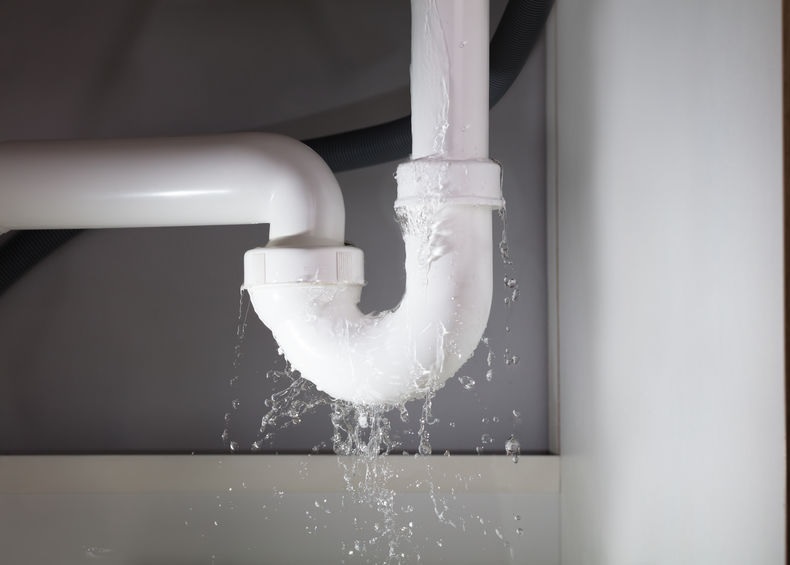 A leaking kitchen sink can be a source of frustration for any homeowner. Not only does it cause a mess, but it can also lead to water damage and potential mold growth if left untreated. The most common cause of a leaky sink is water escaping from the edges of the sink. This can happen for a variety of reasons, such as improper installation, age and wear, or even a faulty sink itself. No matter the cause, it is important to address the issue as soon as possible to prevent further damage and inconvenience.
A leaking kitchen sink can be a source of frustration for any homeowner. Not only does it cause a mess, but it can also lead to water damage and potential mold growth if left untreated. The most common cause of a leaky sink is water escaping from the edges of the sink. This can happen for a variety of reasons, such as improper installation, age and wear, or even a faulty sink itself. No matter the cause, it is important to address the issue as soon as possible to prevent further damage and inconvenience.
Identifying the Source of the Leak
 Before attempting to fix a leaking kitchen sink, it is crucial to identify the source of the leak. This will help determine the best course of action for a successful repair. First, inspect the area around the sink for any signs of water, such as wet or discolored cabinets or walls. Next, run water through the sink and observe where the leak is coming from. Is it coming from the faucet or the drain? Is it a constant flow or only when the sink is being used? These observations will provide important clues for narrowing down the cause of the leak.
Before attempting to fix a leaking kitchen sink, it is crucial to identify the source of the leak. This will help determine the best course of action for a successful repair. First, inspect the area around the sink for any signs of water, such as wet or discolored cabinets or walls. Next, run water through the sink and observe where the leak is coming from. Is it coming from the faucet or the drain? Is it a constant flow or only when the sink is being used? These observations will provide important clues for narrowing down the cause of the leak.
Common Causes of Sink Edge Leaks
 Improper Installation:
If the sink was not installed correctly, it could cause gaps between the sink and the countertop, allowing water to seep through.
Age and Wear:
Over time, the sealant used around the edges of the sink can deteriorate, causing gaps and allowing water to leak through.
Faulty Sink:
In some cases, the sink itself may have a defect that is causing the leak. This is more common with older sinks or lower-quality materials.
Improper Installation:
If the sink was not installed correctly, it could cause gaps between the sink and the countertop, allowing water to seep through.
Age and Wear:
Over time, the sealant used around the edges of the sink can deteriorate, causing gaps and allowing water to leak through.
Faulty Sink:
In some cases, the sink itself may have a defect that is causing the leak. This is more common with older sinks or lower-quality materials.
Fixing the Leak
 Once the source of the leak has been identified, it is time to take action to fix it. This can range from a simple DIY solution to hiring a professional plumber. If the issue is with the sink's installation or sealant, it may be possible to reseal the edges with a waterproof caulk. However, if the problem lies with a faulty sink, it may be necessary to replace the entire unit.
Once the source of the leak has been identified, it is time to take action to fix it. This can range from a simple DIY solution to hiring a professional plumber. If the issue is with the sink's installation or sealant, it may be possible to reseal the edges with a waterproof caulk. However, if the problem lies with a faulty sink, it may be necessary to replace the entire unit.
Preventing Future Leaks
 To avoid dealing with a leaking kitchen sink in the future, it is important to take preventative measures. This includes regularly checking the sink for any signs of wear or damage, properly maintaining the sink and its components, and addressing any issues as soon as they arise. It is also important to hire a reputable and experienced professional for sink installation or repairs to ensure a proper and long-lasting solution.
With the right knowledge and action, a leaking kitchen sink around the edges can be easily fixed and prevented. By understanding the common causes and taking necessary precautions, homeowners can keep their kitchen sink functioning properly and avoid the hassle and potential damage of a leak.
To avoid dealing with a leaking kitchen sink in the future, it is important to take preventative measures. This includes regularly checking the sink for any signs of wear or damage, properly maintaining the sink and its components, and addressing any issues as soon as they arise. It is also important to hire a reputable and experienced professional for sink installation or repairs to ensure a proper and long-lasting solution.
With the right knowledge and action, a leaking kitchen sink around the edges can be easily fixed and prevented. By understanding the common causes and taking necessary precautions, homeowners can keep their kitchen sink functioning properly and avoid the hassle and potential damage of a leak.















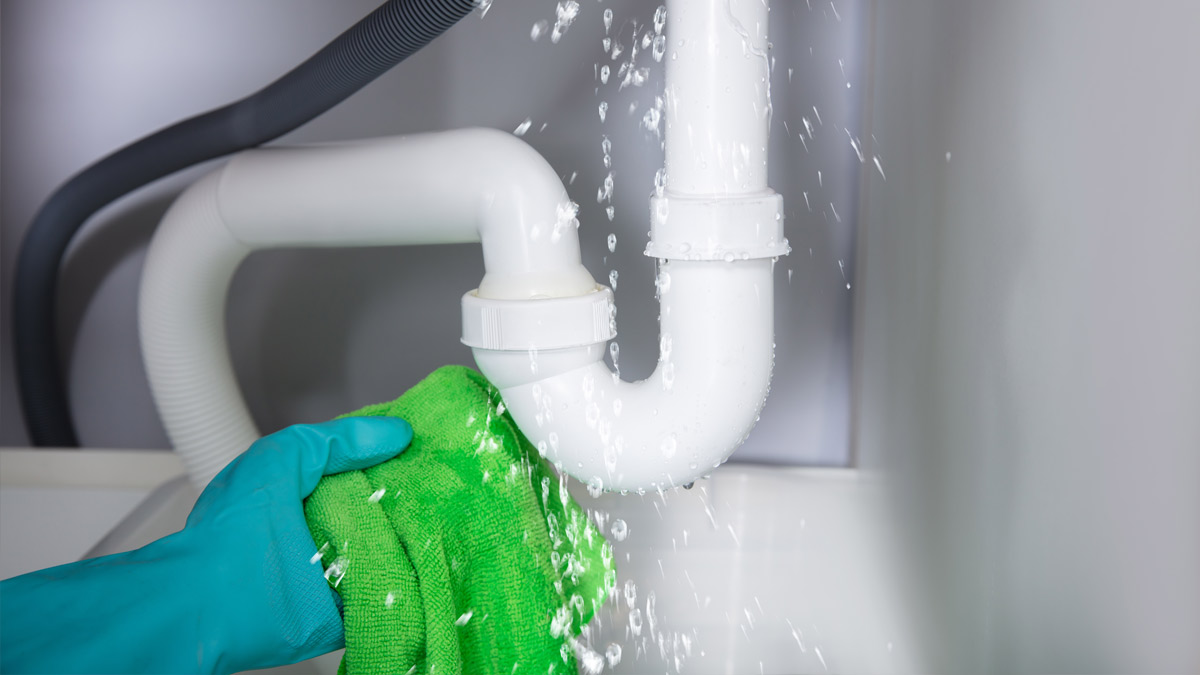

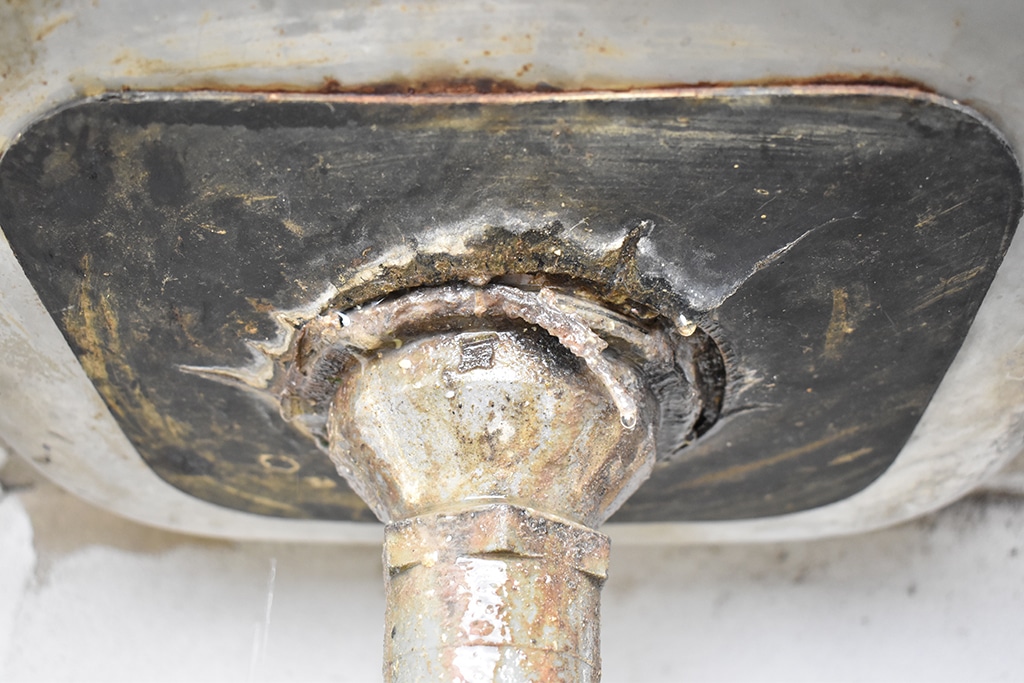




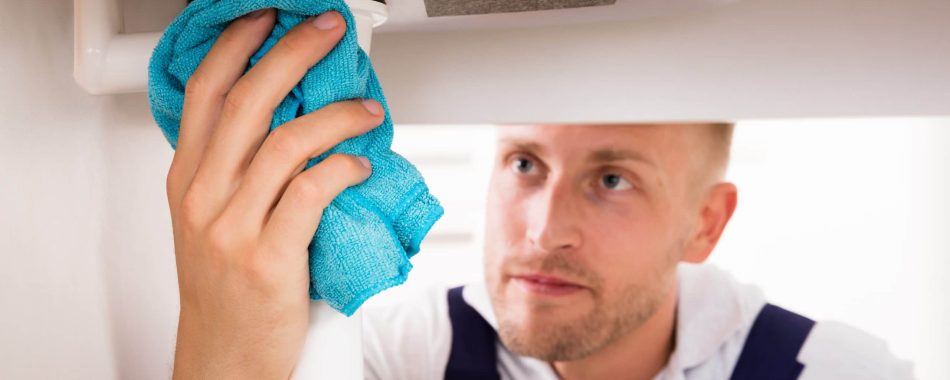

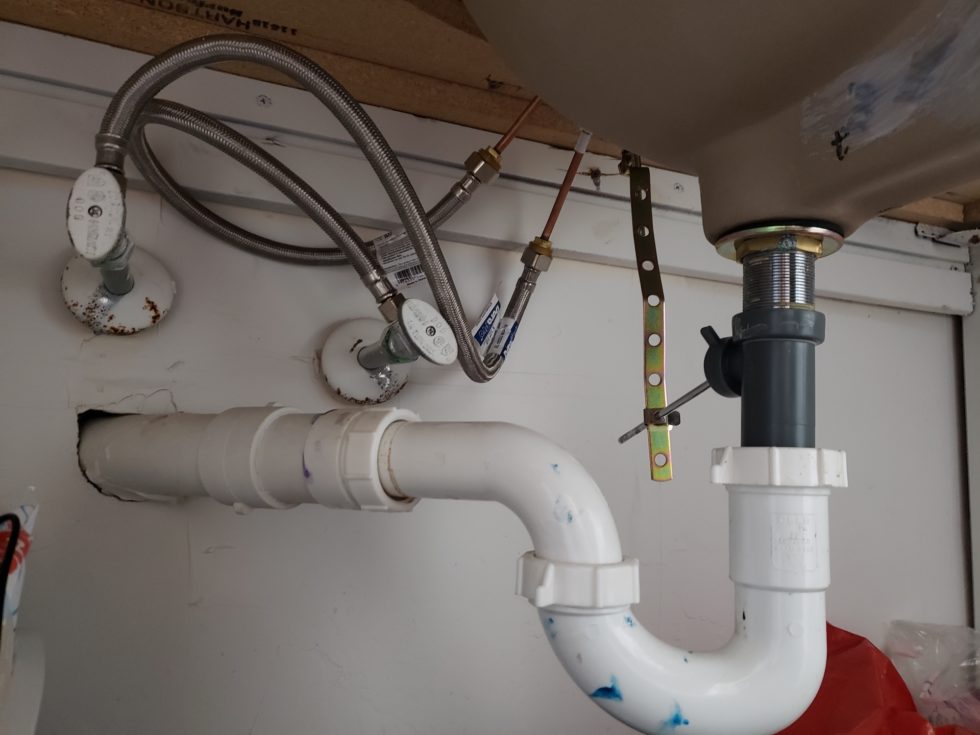






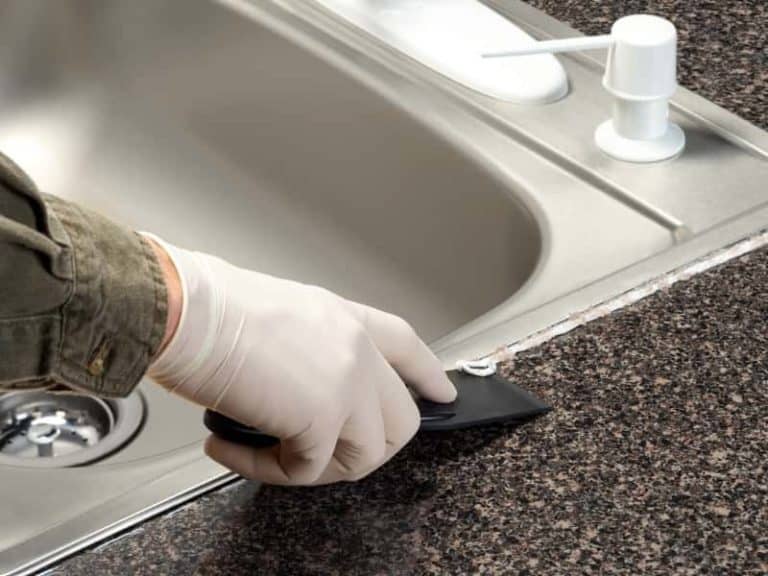
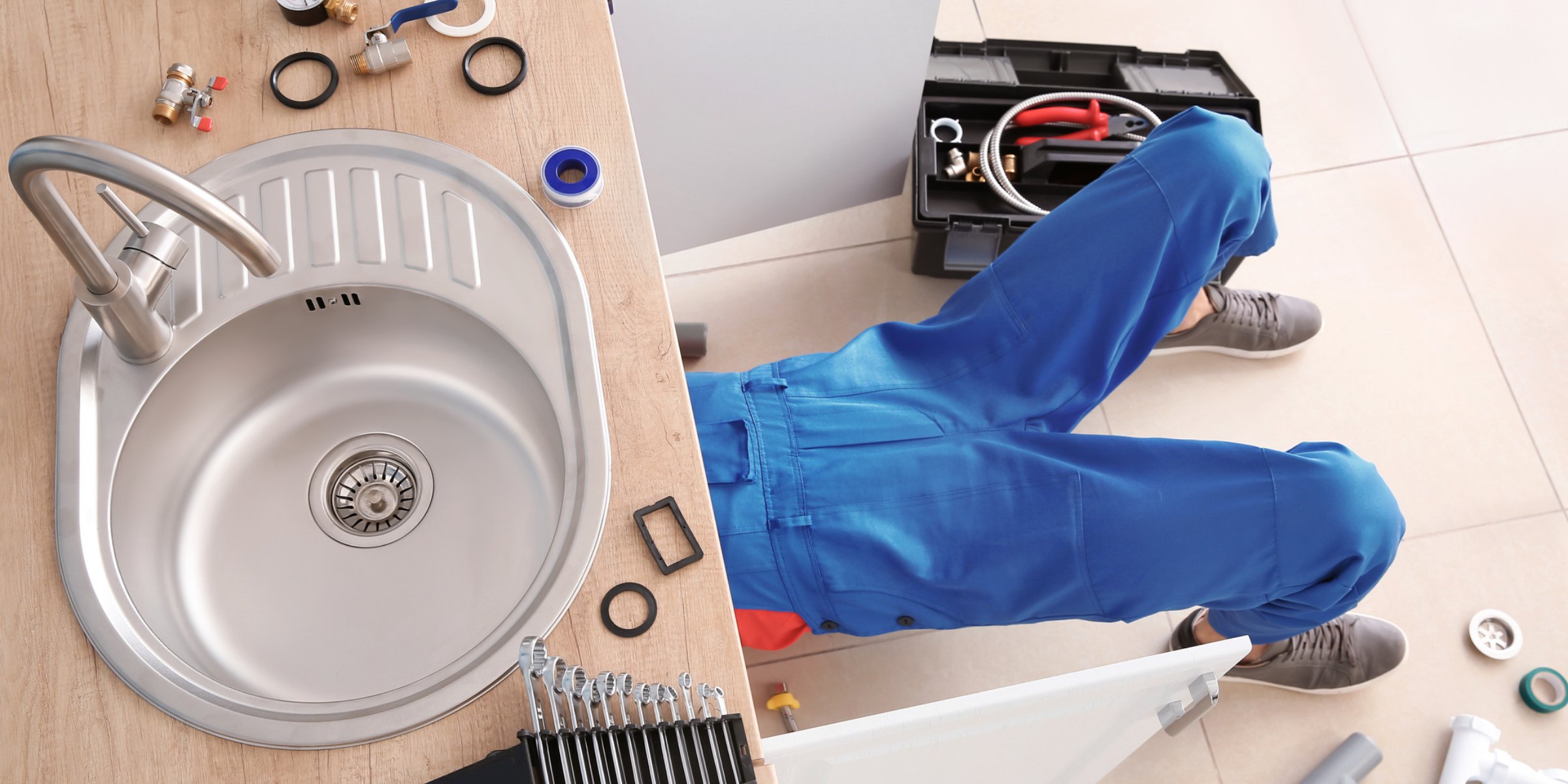






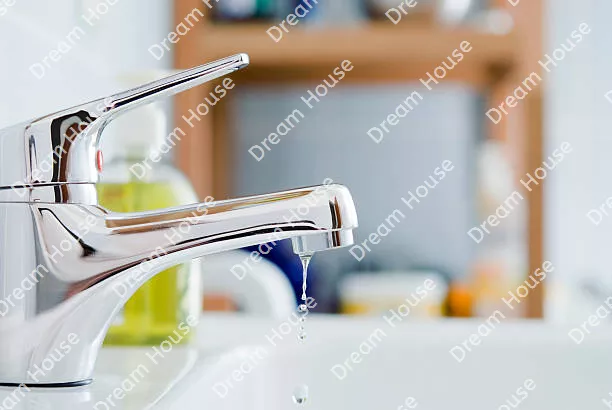


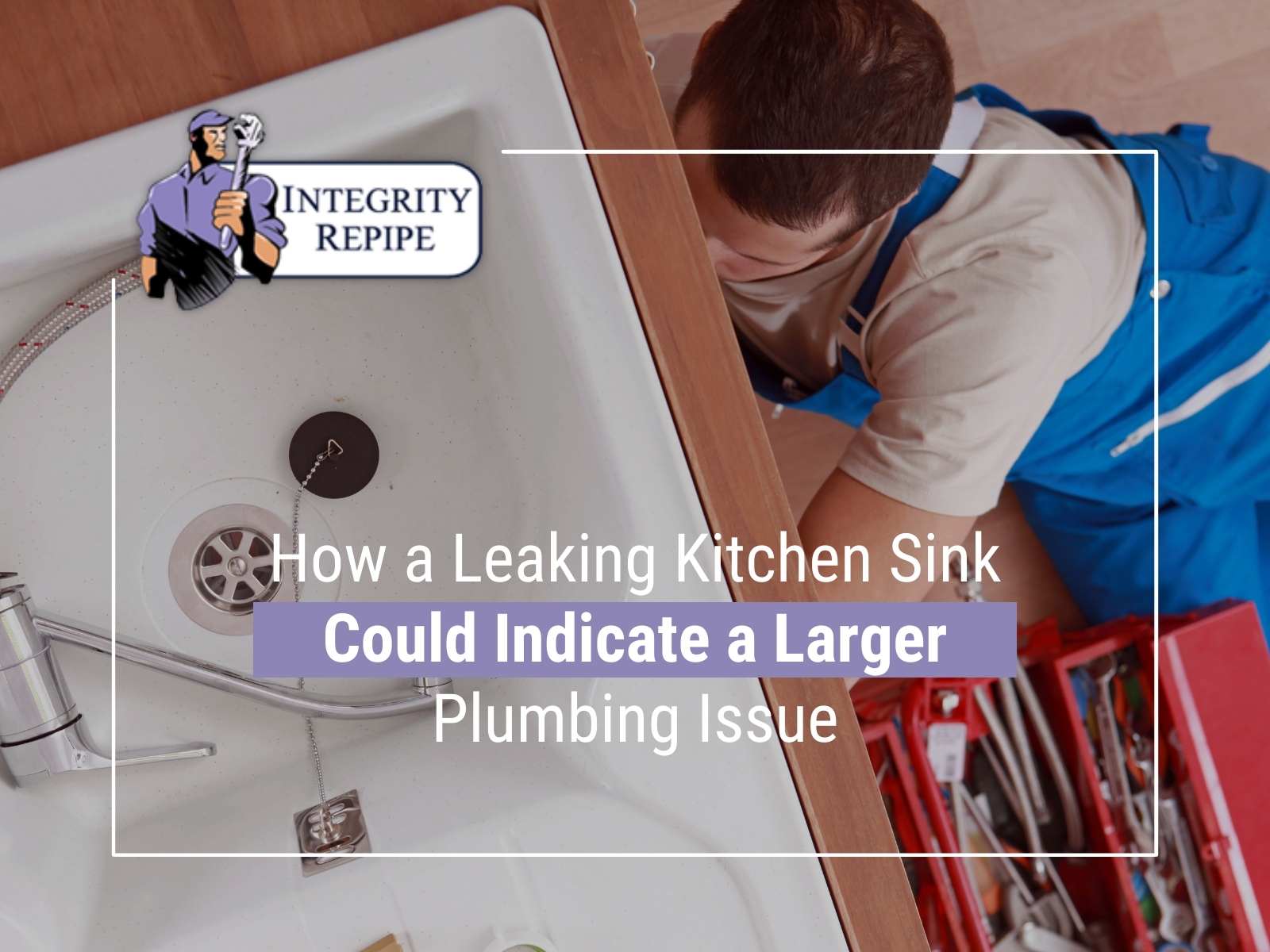





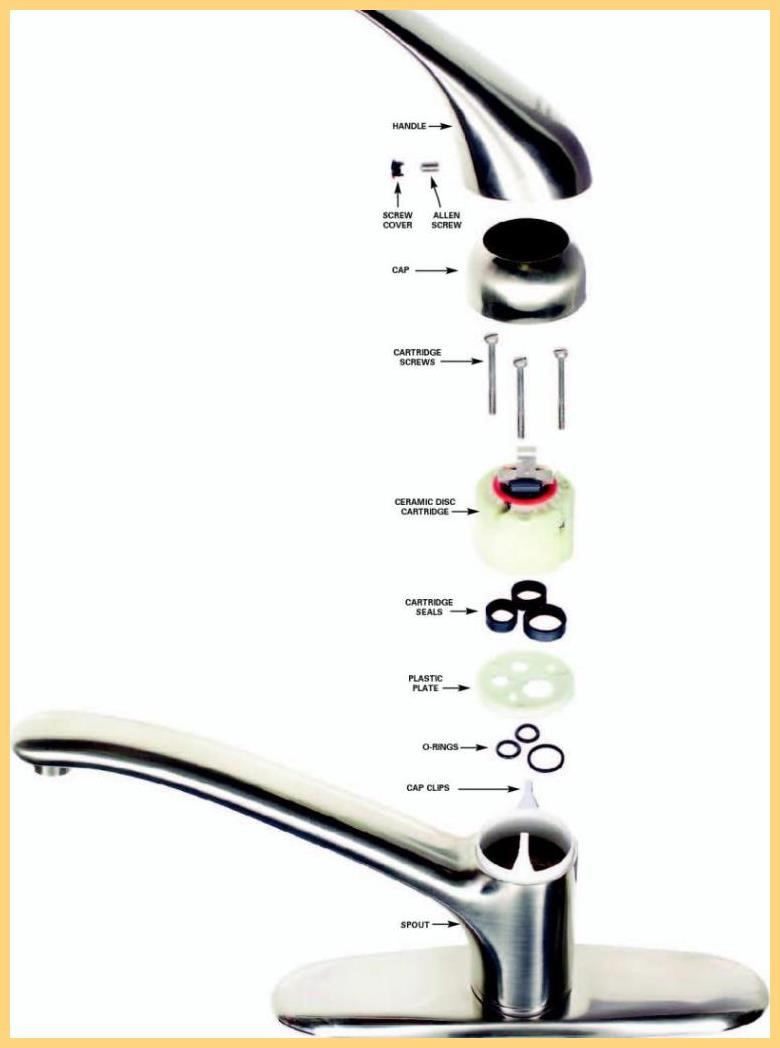




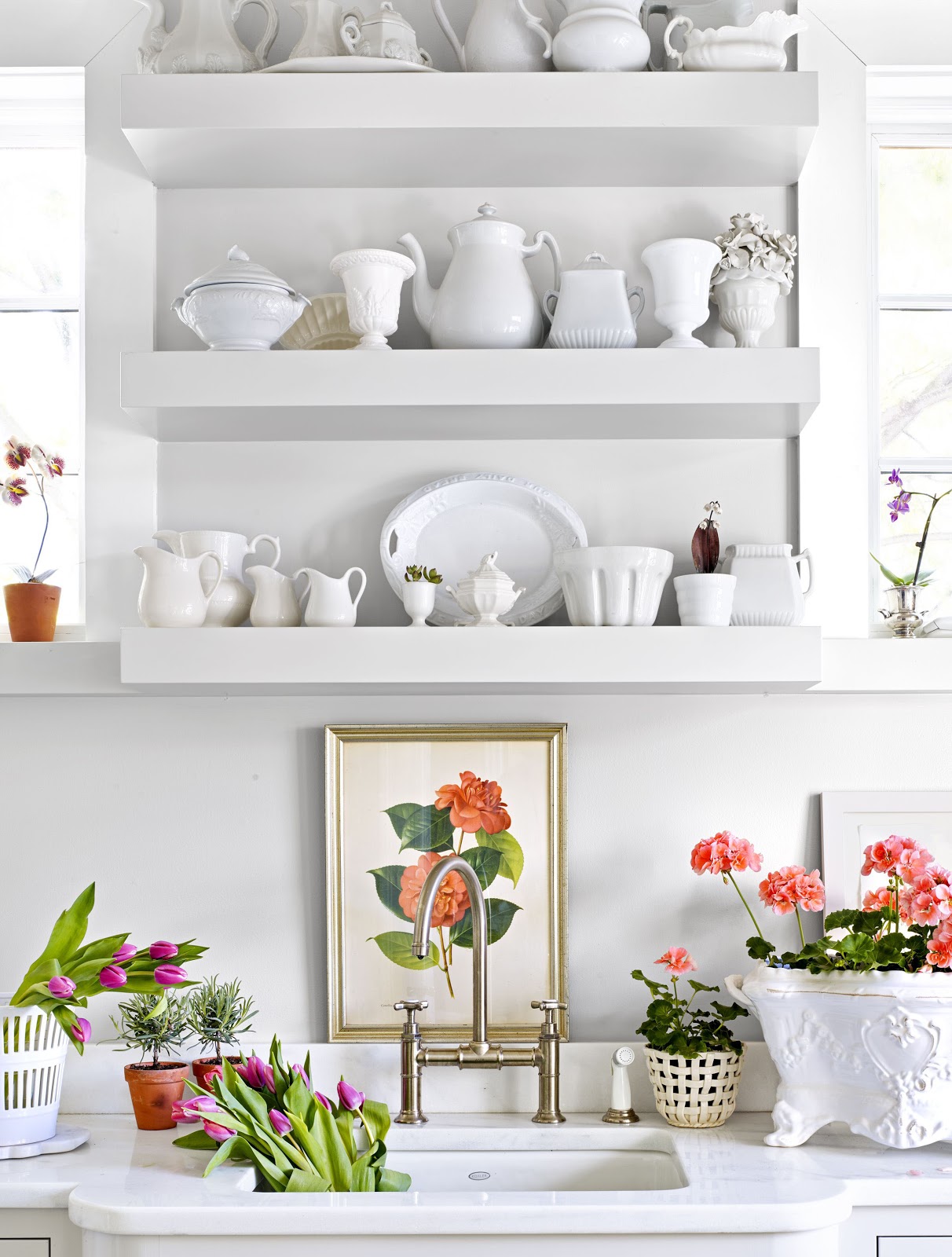


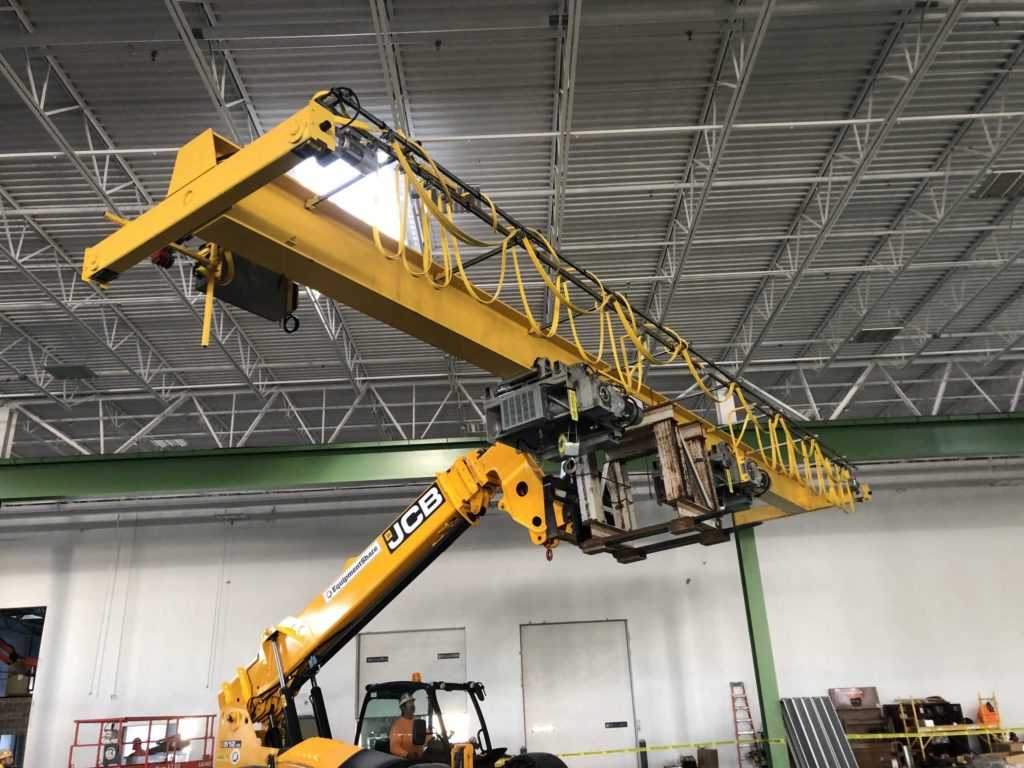




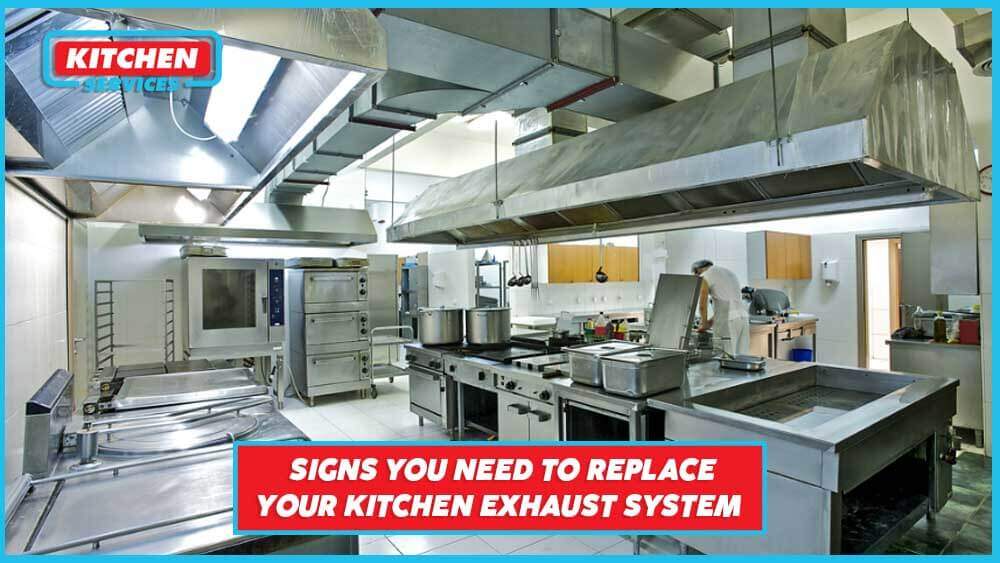


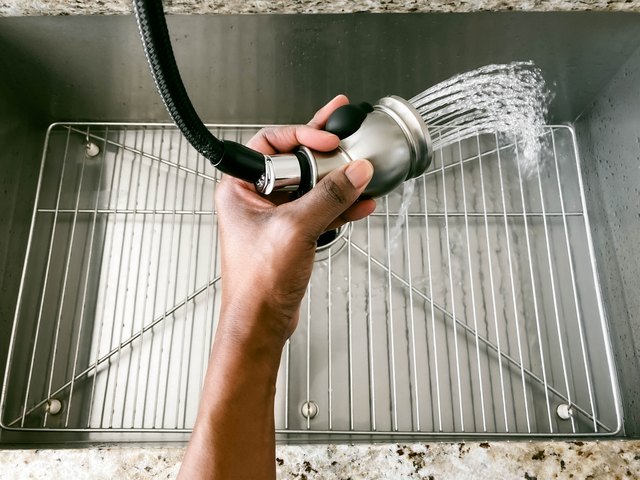





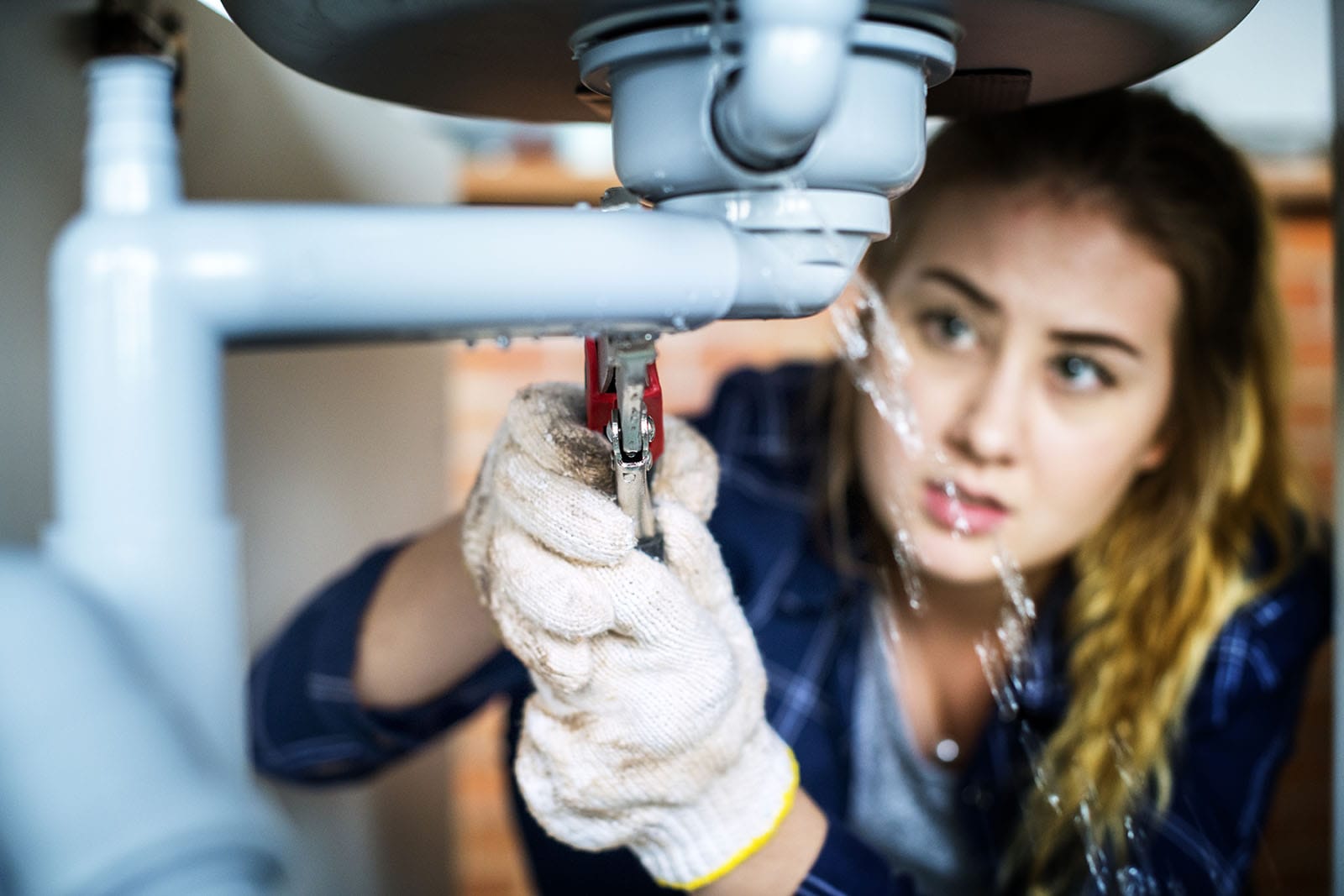

/bathroom-sink-184112687-5887c27c5f9b58bdb367dd56.jpg)

